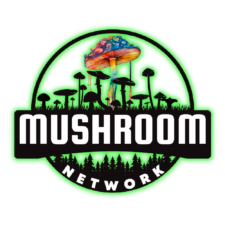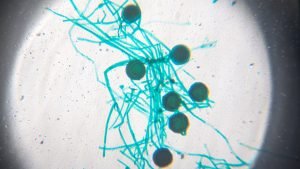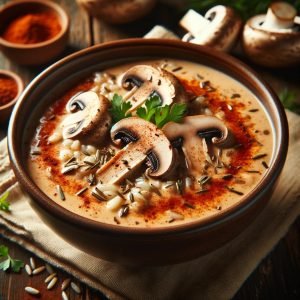The article, “Harnessing the Power of Cordyceps,” aims to illuminate the potential health benefits and traditional medicinal uses of Cordyceps, a fungal genus that has intrigued both the scientific and wellness communities. We traverse the realm of ancient practices to contemporary research to delve into the curative powers encased within these peculiar parasitic fungi.
Unlocking the Mysteries of Cordyceps:
Cordyceps is a genus of parasitic fungi that comprises over 400 distinct species, each bearing its unique features and bioactive compounds. However, they share a common fascinating lifecycle, primarily acting as parasites on various insects and arthropods. Yet, what truly makes Cordyceps stand out is its long history of use in traditional medicine, particularly in Asia, and the burgeoning interest in its potential therapeutic applications.
Cordyceps sinensis and Cordyceps Militaris are among the most widely recognized and studied species for their medicinal properties. Traditional Chinese and Tibetan medicine has used Cordyceps for centuries to treat various ailments, from fatigue and coughs to kidney diseases and sexual dysfunction. Today, scientific research is gradually decoding the therapeutic potential of these unique fungi, opening up new vistas for natural health solutions.
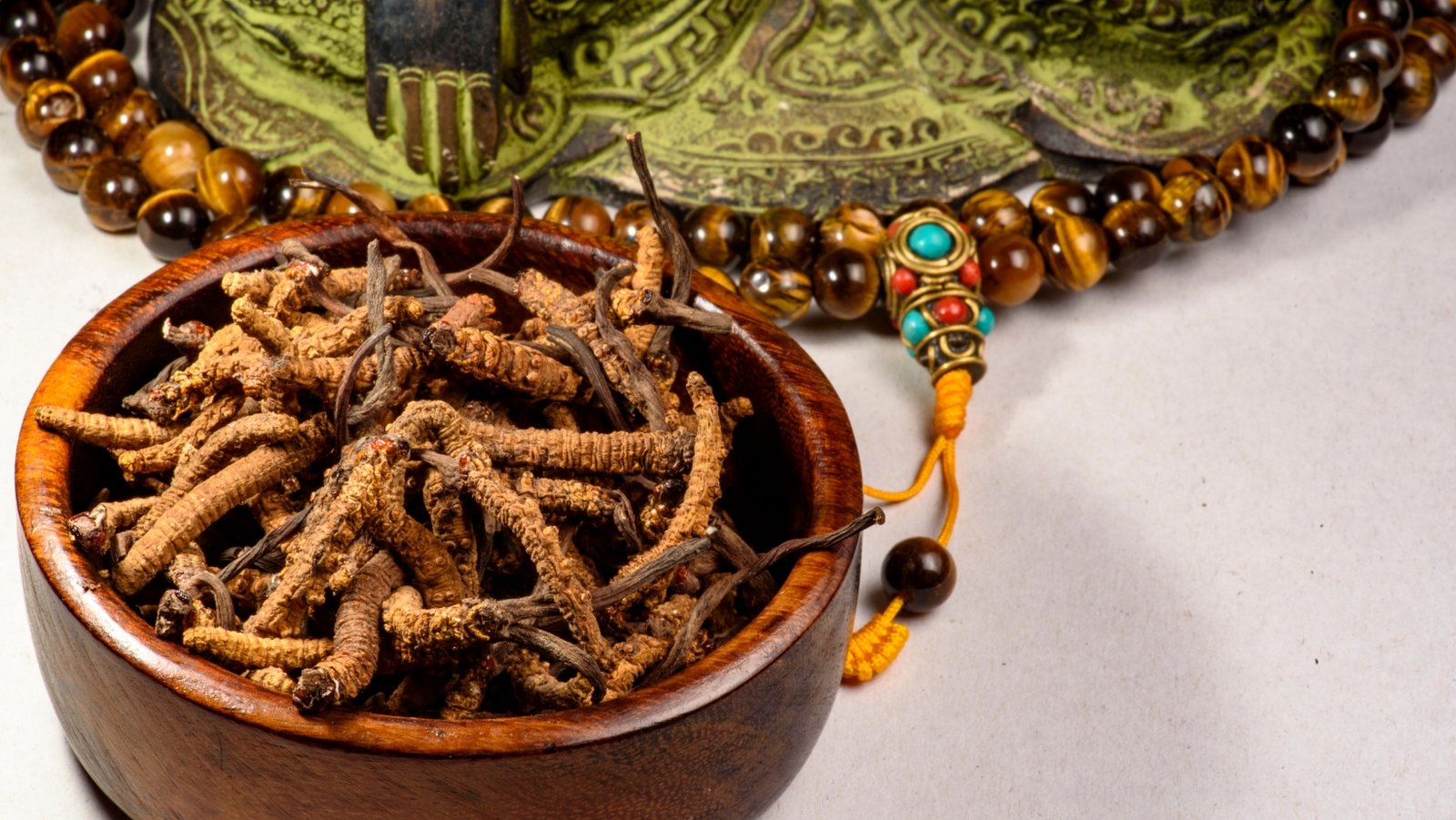
A Powerhouse of Bioactive Compounds:
Cordyceps is a veritable treasure chest of bioactive compounds. These fungi produce a plethora of secondary metabolites, including nucleosides, polysaccharides, sterols, and proteins, many of which have been shown to exhibit considerable therapeutic potential.
Cordycepin, a derivative of the nucleoside adenosine, is one of the most extensively studied compounds in Cordyceps. Research suggests that cordycepin may have a wide range of health benefits, including anti-inflammatory, antioxidant, and anti-cancer properties.
Polysaccharides present in Cordyceps, especially beta-glucans, are recognized for their immune-enhancing effects. These compounds can stimulate the immune system by activating immune cells such as macrophages and natural killer cells. Furthermore, polysaccharides are also studied for their potential to lower blood glucose levels and improve lipid metabolism.
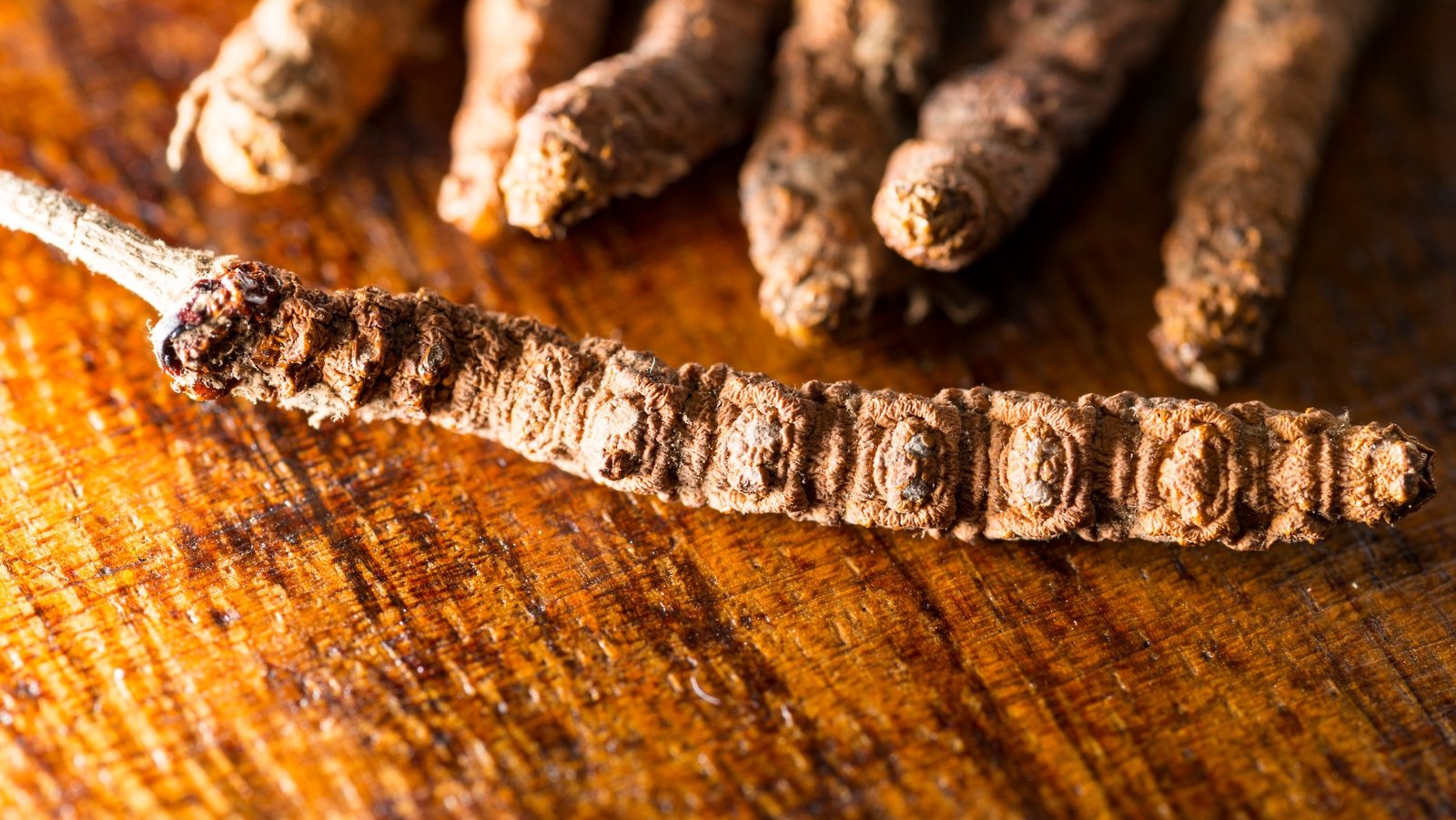
Traditional Uses and Modern Research:
In traditional medicine, Cordyceps has been used to treat a wide variety of conditions. These include respiratory diseases like chronic bronchitis and asthma, renal dysfunction, liver diseases, and even heart diseases! It’s also been hailed as an effective tonic to combat fatigue and improve sexual function.
Modern scientific research has provided evidence that supports many of these traditional uses. For example, studies have shown that Cordyceps can improve kidney function and may have protective effects against liver damage. Research also suggests that Cordyceps may help manage type 2 diabetes by improving insulin sensitivity and reducing blood glucose levels.
One of the most intriguing areas of research on Cordyceps relates to its potential effects on physical performance. Some research indicates that it may increase the body’s production of the molecule adenosine triphosphate (ATP), essential for delivering energy to the muscles. This has led to the widespread use of Cordyceps as a supplement among athletes and fitness enthusiasts.
The universe of mushrooms is expansive, each variant bearing its own unique charm and characteristics. The Marketplace on the 🍄 Mushroom Network is a testament to this diversity. It is a haven for those seeking a deeper understanding of the magical world of mushrooms. If you’re keen on learning more about this type of mushroom and other mushroom variants, this Marketplace is your ultimate resource.
No posts found!
Cordyceps and Immune Modulation:
One of the most compelling aspects of Cordyceps is its potential role as an immunomodulator. The polysaccharides, especially beta-glucans, present in Cordyceps have been shown to modulate the immune response, enhancing the body’s defense against infections.
These beta-glucans interact with several receptors on the surface of immune cells, triggering a series of reactions that enhance the body’s defense mechanisms. They promote the activity of macrophages that swallow up and digest microbes and other foreign substances, and stimulate natural killer cells, a type of white blood cell that is a key player in the immune response to viruses and cancer cells.
Moreover, Cordyceps is also reported to have anti-inflammatory effects. It can modulate the production of inflammatory cytokines, protein molecules that mediate and regulate inflammation and immune responses. These anti-inflammatory properties could have wide-ranging health benefits, potentially aiding in conditions from arthritis to asthma.
Not sure where to start? The 🍄 Mushroom Academy offers a wide range of courses tailored to your needs. Whether you’re a beginner eager to learn or an experienced mycologist looking to broaden your knowledge, the 🍄 Academy has something for everyone.

The Final Foray: Concluding Remarks on Cordyceps:
As we close our exploration of Cordyceps, it’s clear that this unique genus of fungi holds immense potential. From traditional uses to modern research, Cordyceps emerges as a significant player in the field of natural health solutions. However, while the promise is high, it’s important to remember that more in-depth research is necessary to fully understand and harness the power of Cordyceps.
Don’t forget to check out the 🍄 Mushroom Network’s Marketplace to see what’s available. But hurry, our shelves are constantly evolving, and you wouldn’t want to miss out on this wonderful mushroom. Join our growing network of Patrons, Genetics, and Mycologist Vendors only on the 🍄 Mushroom Network!
Recommended Reads:
Beyond the Naked Eye: Advanced Techniques in Contaminant Detection
About This Article: Journey with the Mushroom Network into the microscopic realm! 🍄 Discover advanced...
Read More...Delving Deeper into the POD TEK: A Comprehensive and Illustrated Guide
Delving into the world of mycology, one stumbles upon several fascinating techniques for mushroom cultivation,...
Read More...The Pioneers of Mycoremediation: Fungi as Environmental Saviors
In the vast, interconnected web of life on Earth, fungi are more than mere spectators....
Read More...RECIPE: Cream of Mushroom Soup with Smoked Paprika and Brown Rice
Introduction: Immerse yourself in the warmth of this Cream of Mushroom Soup, where each spoonful...
Read More...Whoa there, Spore Sport! 🍄 Looks like you’re not logged in yet. Don’t you know what you’re missing? MYCO-CREDITS! Imagine all the fungal fun you could have. It’s like finding a Morel in May and not picking it. Tragic, right? Log In or Become a Myco-Patron and start racking up those credits. It’s more rewarding than finding a mushroom in your backyard! 🌟🏡
